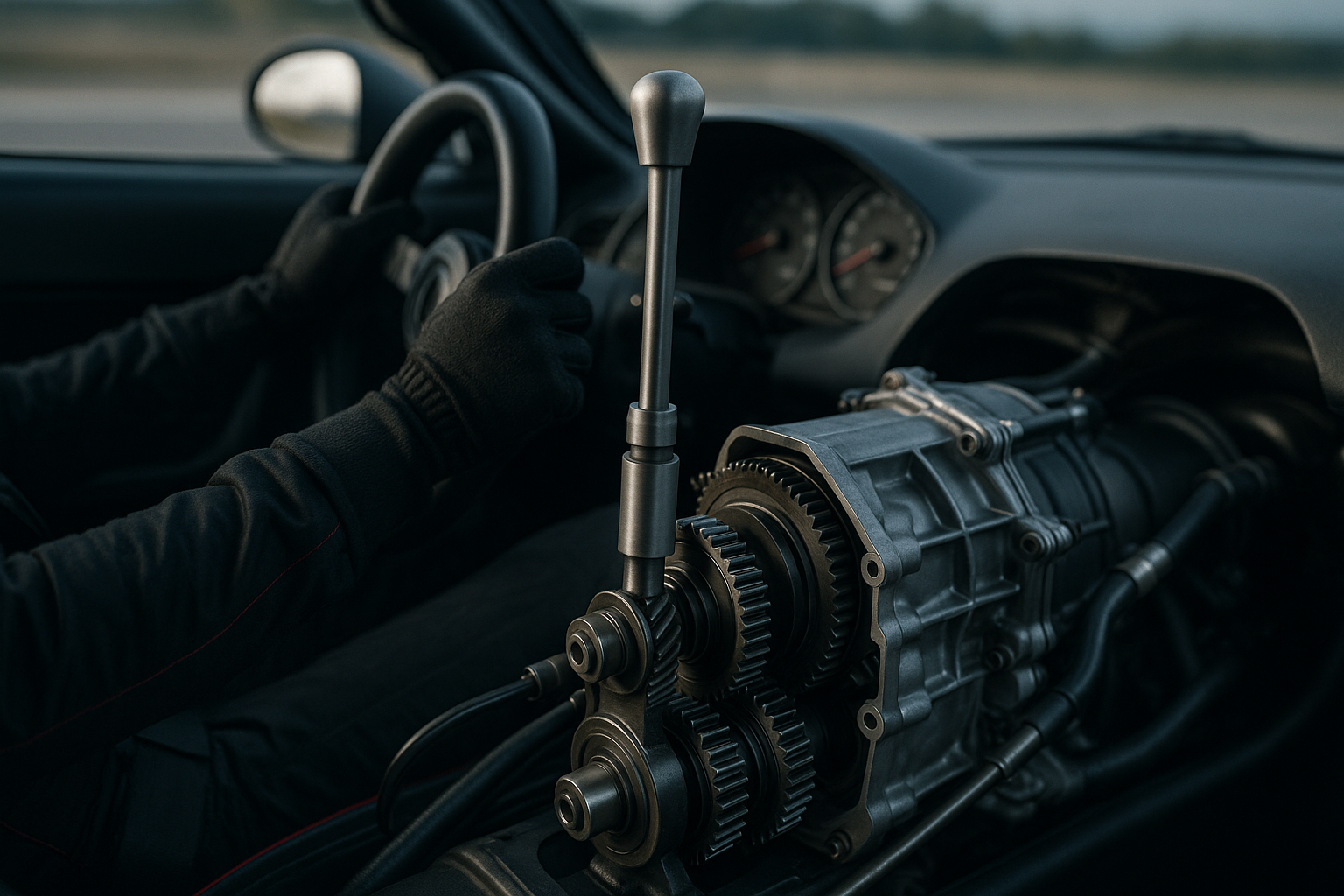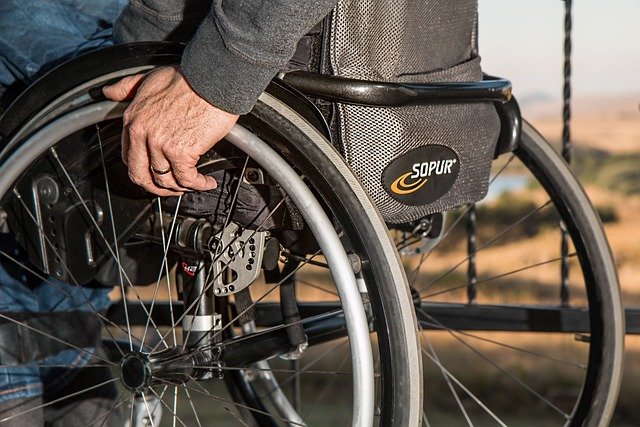Buying a Used Chevrolet Camaro: A Practical Guide
The Chevrolet Camaro represents one of America's most iconic muscle cars, offering thrilling performance and distinctive styling that continues to attract enthusiasts worldwide. When considering a used Camaro, buyers enter a market filled with diverse options spanning multiple generations, each with unique characteristics and varying price points. Understanding the nuances of different model years, engine configurations, and potential maintenance considerations becomes essential for making an informed purchase decision that aligns with both budget and performance expectations.

Why choose a used Camaro: pros and ownership considerations
Choosing a used Chevrolet Camaro offers several compelling advantages for performance car enthusiasts. The depreciation curve works in favor of buyers, as these vehicles typically lose significant value during their first few years, making powerful V8 models more accessible than their original sticker prices suggested. Used Camaros provide an entry point into American muscle car culture without the premium associated with brand-new vehicles.
Ownership considerations include higher insurance costs compared to standard sedans, premium fuel requirements for higher-performance engines, and potentially elevated maintenance expenses. The Camaro’s rear-wheel-drive configuration delivers exceptional driving dynamics but may present challenges in adverse weather conditions. Prospective owners should also consider the vehicle’s practicality limitations, including restricted rear-seat space and limited cargo capacity.
Key mechanical and cosmetic checks before you buy
Thorough inspection becomes crucial when evaluating any used Camaro. Engine bay examination should focus on signs of fluid leaks, particularly around valve covers and oil pans, which are common wear points. Listen for unusual noises during idle and acceleration, as these may indicate timing chain issues or other internal engine problems that could prove expensive to address.
Transmission performance requires careful attention, especially in manual variants where clutch wear and synchronizer condition affect driving experience and future repair costs. Automatic transmissions should shift smoothly without hesitation or harsh engagement. Suspension components, including struts, springs, and bushings, should be inspected for wear, particularly given the performance-oriented nature of many Camaro driving experiences.
Cosmetic inspection should include paint condition, panel alignment, and interior wear patterns. Check for rust formation, especially around wheel wells and door frames. Interior components like seats, dashboard, and electronic systems should function properly, as replacement parts for luxury trim levels can be expensive.
Popular Camaro trims, engines and model-year differences
The modern Camaro generation, beginning in 2010, offers distinct trim levels catering to different performance preferences and budgets. Base models typically feature four-cylinder or V6 engines providing adequate performance with better fuel economy. The SS trim represents the traditional muscle car experience with V8 power, while ZL1 variants deliver supercharged performance for track-focused enthusiasts.
Engine options have evolved throughout production years, with early models offering naturally aspirated V8s and later iterations introducing turbocharged four-cylinders and supercharged V8s. The 2016 model year brought significant updates including improved interior design and enhanced technology features. Each generation presents unique characteristics, with older models potentially offering simpler maintenance but newer versions providing advanced safety and connectivity features.
Model-year differences can significantly impact value and desirability. Special editions and limited production runs often command premium prices in the used market, while certain years may have known issues that affect long-term ownership costs.
Pricing, financing and total ownership costs
Used Camaro pricing varies significantly based on model year, trim level, mileage, and condition. Understanding market values helps buyers negotiate effectively and avoid overpaying for specific configurations. Financing options for used performance vehicles may carry higher interest rates compared to standard passenger cars, reflecting perceived risk factors associated with sports car ownership.
| Model/Trim | Typical Price Range | Key Features | Estimated Annual Maintenance |
|---|---|---|---|
| 2010-2015 V6 | $15,000-$25,000 | 323 HP, Manual/Auto | $800-$1,200 |
| 2010-2015 SS | $20,000-$35,000 | 426 HP V8, Performance Suspension | $1,000-$1,500 |
| 2016+ Turbo 4-Cyl | $18,000-$28,000 | 275 HP, Modern Tech | $700-$1,100 |
| 2016+ SS | $25,000-$40,000 | 455 HP V8, Magnetic Ride | $1,200-$1,800 |
| ZL1 Models | $35,000-$60,000+ | Supercharged V8, Track Package | $1,500-$2,500 |
Prices, rates, or cost estimates mentioned in this article are based on the latest available information but may change over time. Independent research is advised before making financial decisions.
Total ownership costs extend beyond purchase price and financing. Insurance premiums for Camaros typically exceed those of family sedans, particularly for younger drivers or high-performance variants. Fuel costs should be factored based on driving habits and engine choice, as V8 models consume significantly more fuel than four-cylinder alternatives.
Where to find used Camaros and tips for negotiating safely
Used Camaros appear across various sales channels, each offering distinct advantages and considerations. Franchised dealerships provide warranty options and financing convenience but may command higher prices. Independent dealers often offer competitive pricing but require more thorough due diligence regarding vehicle history and condition.
Private party sales frequently present the best value opportunities, allowing direct communication with previous owners who can provide detailed maintenance histories and driving habits information. Online platforms expand geographic search capabilities but necessitate careful verification of seller legitimacy and vehicle condition before traveling for inspection.
Successful negotiation begins with thorough market research establishing fair value ranges for specific models and configurations. Documentation of any discovered issues provides leverage for price adjustments. Professional inspections, while adding upfront cost, can reveal expensive problems that justify walking away from unsuitable purchases.
Safe transaction practices include meeting in public locations, verifying title clarity, and ensuring proper documentation transfer. Financing pre-approval from banks or credit unions often provides better terms than dealer financing and strengthens negotiating positions.
The used Camaro market rewards patient, informed buyers who understand model differences, common issues, and fair market values. Proper inspection, realistic budgeting for ownership costs, and careful negotiation typically result in satisfying ownership experiences with these iconic American performance cars.




